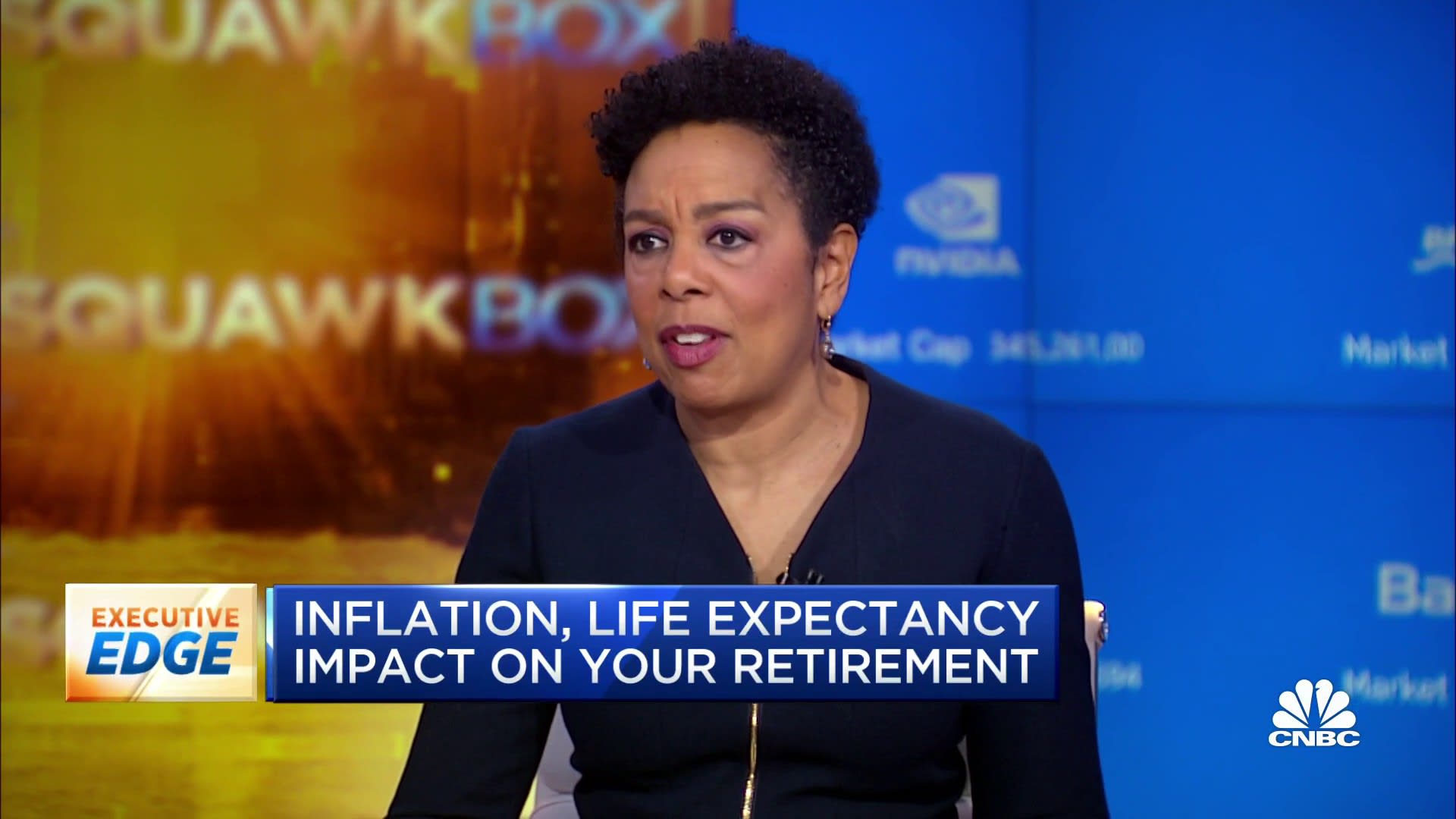AscentXmedia | E+ | Getty Images
Social Security and Medicare face an uncertain future, based on new annual reports from the programs’ trustees that were released last week.
“Insolvency is in the near horizon,” said Marc Goldwein, senior vice president at the Committee for a Responsible Federal Budget, during a panel hosted by the non-partisan, non-profit organization on Tuesday.
Two of the three major trust funds are projected to be insolvent in the next decade, he noted.
The Hospital Insurance Trust Fund, also known as Medicare Part A, is now projected to be insolvent in eight years, or 2031 – three years later than was reported last year.
More from Personal Finance:
Experts argue Social Security retirement age shouldn’t pass 67
Here’s how to earn $65K a year just in interest
The return on waiting to claim Social Security is ‘huge’
Social Security’s Old-Age and Survivors Insurance Trust Fund — which covers benefits for retirees, their spouses and children, and survivors of deceased workers — will be able to pay full benefits until 2033. At that time, just 77% of benefits will be payable.
That is just 10 years from now, Goldwein noted, when today’s 57-year-olds reach normal retirement age and today’s youngest retirees turn 72.
“That’s mainly driven by the fact that we had an 8.7% cost of living adjustment,” Goldwein said. “The trustees were projecting less than half that.”
The Social Security Disability Insurance Trust Fund was a bright spot in the report, with 100% of benefits payable at least through the report’s projection period in 2097.

Yet Social Security’s two funds combined will be able to pay benefits until 2034, one year earlier than was projected last year. At that time, 80% of benefits will be payable.
That is, of course, unless Congress acts sooner.
Social Security’s woes largely come down to demographics. Since 2010, the program has been spending more on benefits than it has been bringing in from payroll tax revenues, Goldwein noted.
By 2030, all baby boomers will be age 65 or older, according to the U.S. Census Bureau.
We’re going way, way beyond a pure safety net program.
Andrew Biggs
senior fellow at the American Enterprise Institute
“While it’s good news that we have a couple of extra years for Medicare, overall the clock is ticking on all of these programs within a decade,” Goldwein said.
To be sure, the projections may change from year to year as the economy fluctuates.
Yet to fix the problem, the solution remains the same. Lawmakers will have to consider a host of changes, selecting from raising taxes, cutting benefits or a combination of both.
Experts were asked on Tuesday what changes they would prioritize. Here is what they suggested.
1. Reduce elderly poverty through Social Security
Social Security successfully lifts more people out of poverty than any other program in the U.S., research from the Center on Budget and Policy Priorities has found.
The research finds 37.8% of adults 65 and over would have incomes below the official poverty line without Social Security benefits.
With Social Security benefits, 9% of older adults have incomes below the poverty line. That goes up to 11.4% when children under age 18 and adults ages 18 to 64 are included.
While the program helps lift 22.5 million people out of poverty, the protections could be better, noted Kathleen Romig, director of Social Security and disability policy at the Center on Budget and Policy Priorities.
For the past 20 years, there has been one go-to minimum benefit proposal that includes a sliding scale based on years of work, Romig noted.
But reducing poverty through and outside of Social Security beyond a sliding scale minimum benefit may be a better approach, she said.
Notably, shoring up minimum benefits has been included in reform proposals on both sides of the congressional aisle.
“There is interest in this across the political spectrum,” Romig said.
2. Cap the maximum Social Security benefit
The maximum benefit for a single person retiring at normal retirement age this year is $43,000, based on the trustees report, noted Andrew Biggs, senior fellow at the American Enterprise Institute.
That is well above the poverty threshold of $21,000, he noted. Moreover, the maximum Social Security retirement benefit is two to three times higher than what countries like the United Kingdom, Canada or Australia pay.
“We’re going way, way beyond a pure safety net program,” Biggs said.
Congress may opt to cap the maximum benefit, which is projected to rise to $59,000 by 2030, Biggs suggested.
Those benefits are far beyond what anyone needs to stay out of poverty, he said. Such a change may be a “modest fix” that would reduce 10% to 15% of the program’s long-term funding gap, Biggs said.
3. Make Medicare spending more efficient
Owen Franken | Corbis Documentary | Getty Images
One of the factors that has helped reduce Medicare spending in recent years is the shift of hip and knee replacements from in-patient hospital procedures to outpatient and ambulatory settings, noted Joe Albanese, policy analyst at the Paragon Health Institute, a health policy research institute.
The development comes after regulatory restrictions that required those services to be provided in in patient settings were lifted, he noted.
“These are the types of flexibilities and innovations that we should be seeking throughout the Medicare program,” Albanese said.
The savings not only helps with Medicare Part A hospital insurance solvency, but also may contribute to the fiscal sustainability of the program as a whole, he said.

